| Clin Mol Hepatol > Volume 29(Suppl); 2023 > Article |
|
ABSTRACT
ACKNOWLEDGMENTS
FOOTNOTES
SUPPLEMENTARY MATERIAL
Supplementalyô Figureô 1.
Figureô 1.
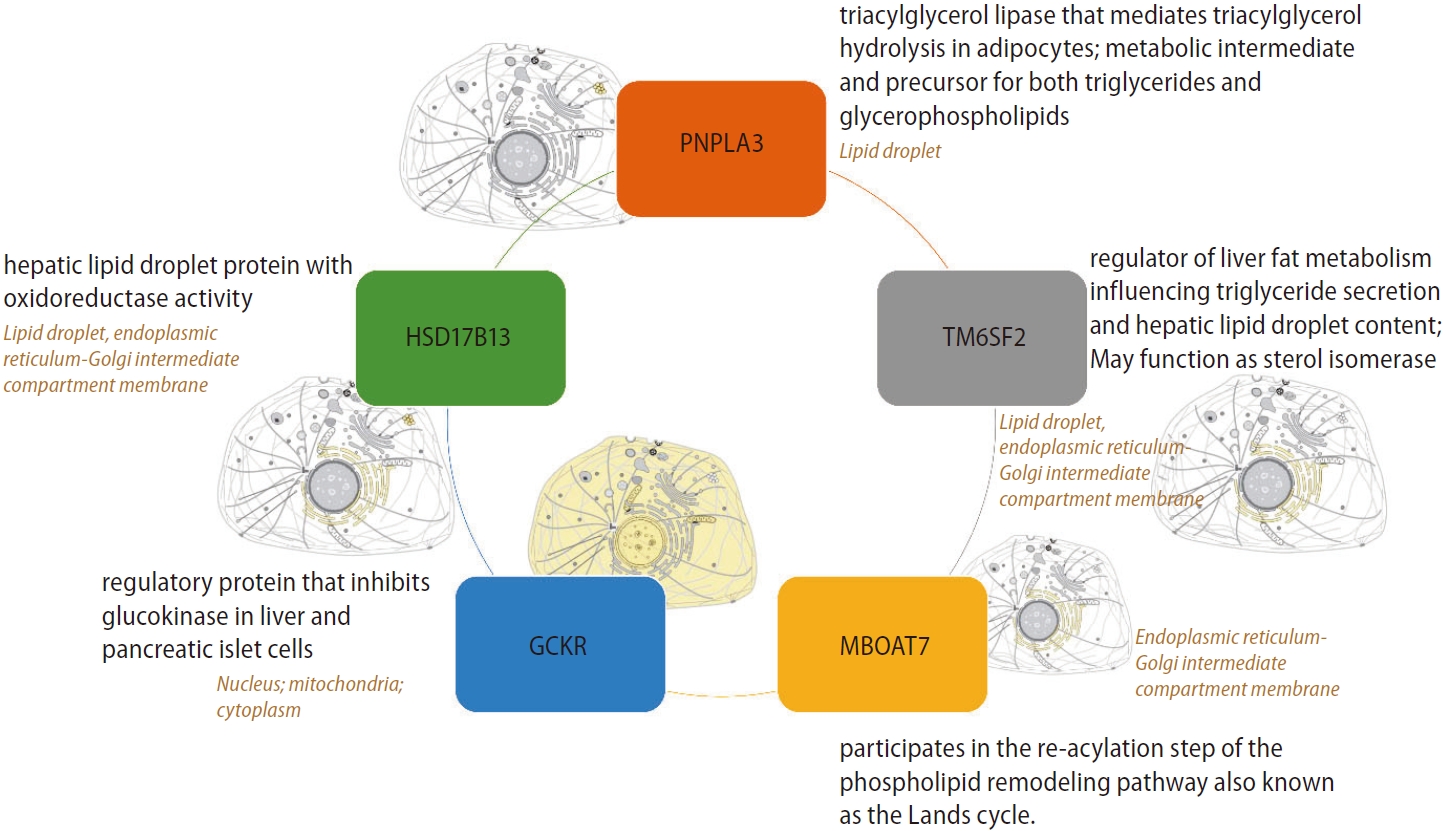
Figureô 2.
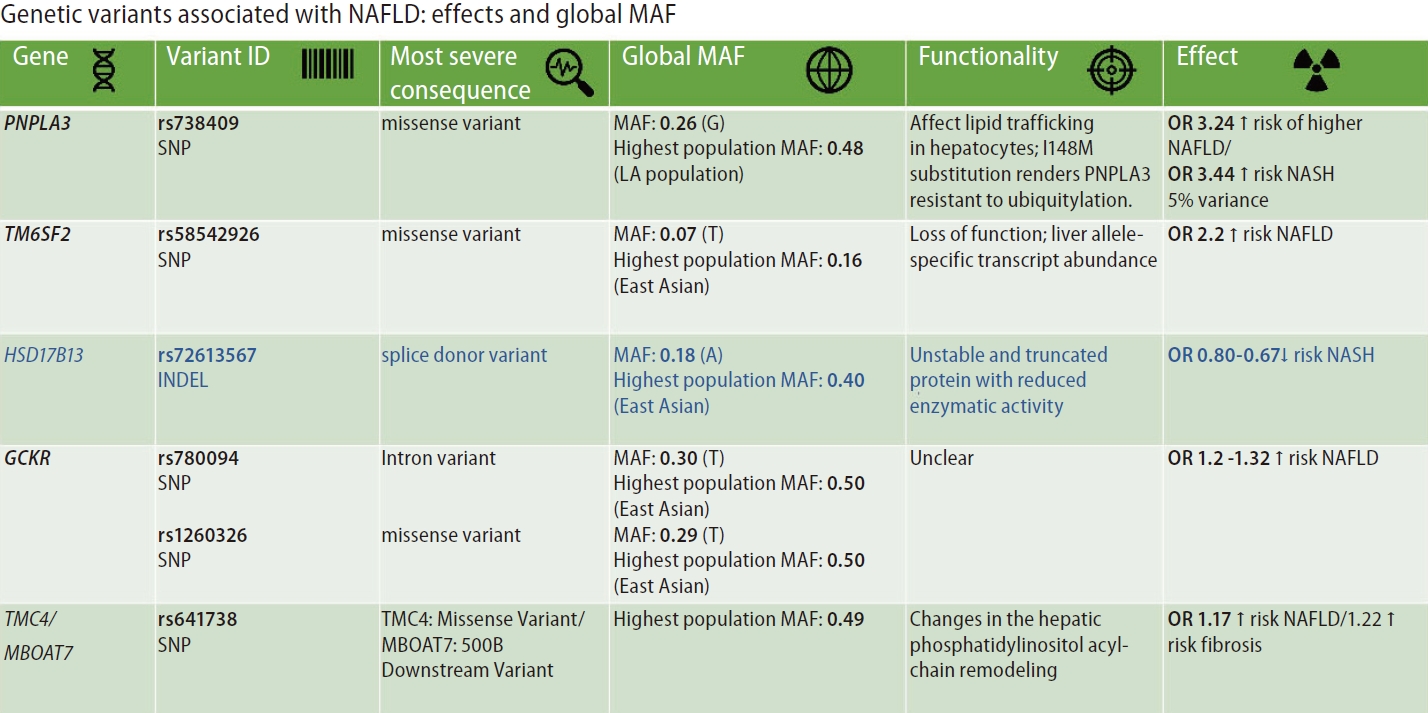
Figureô 3.
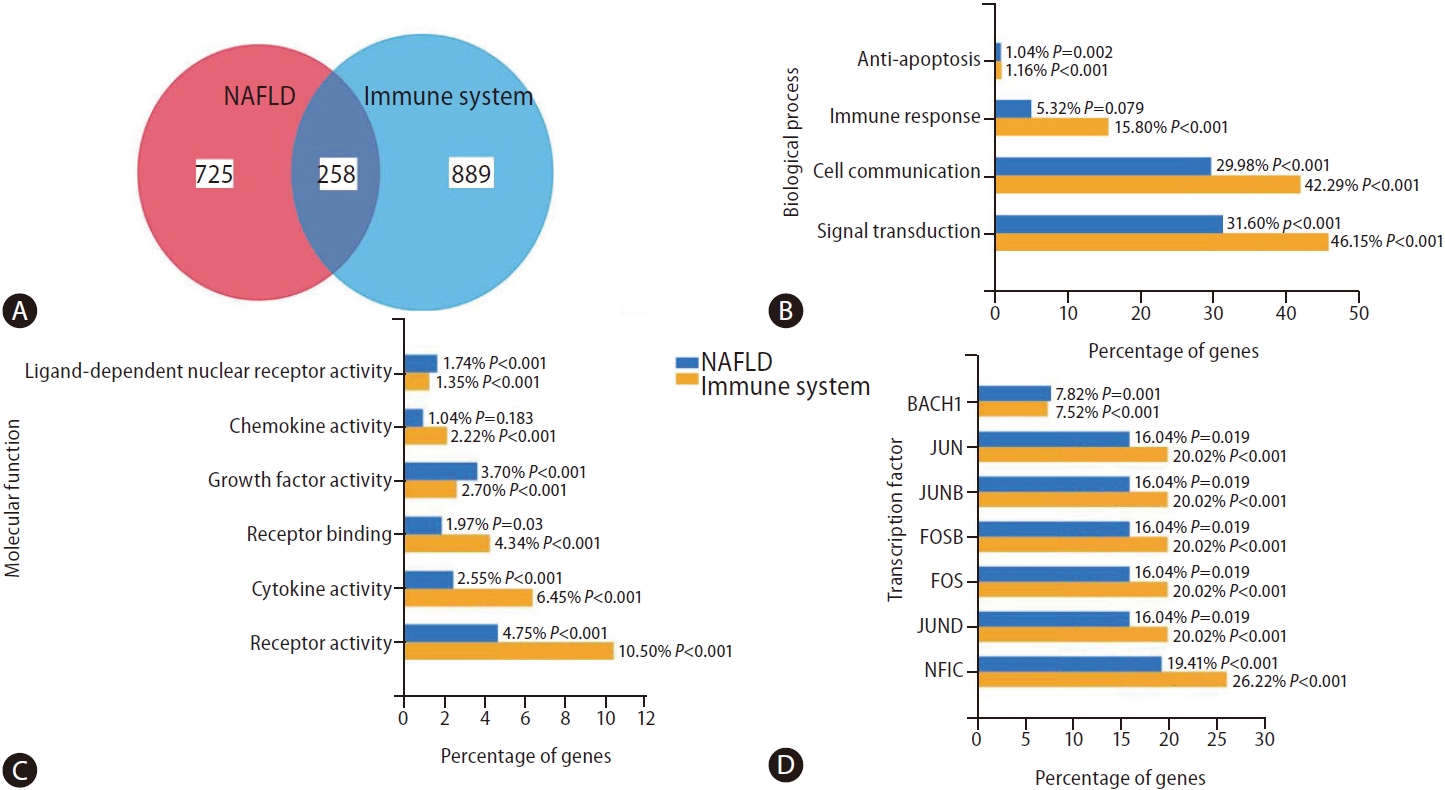
Figureô 4.
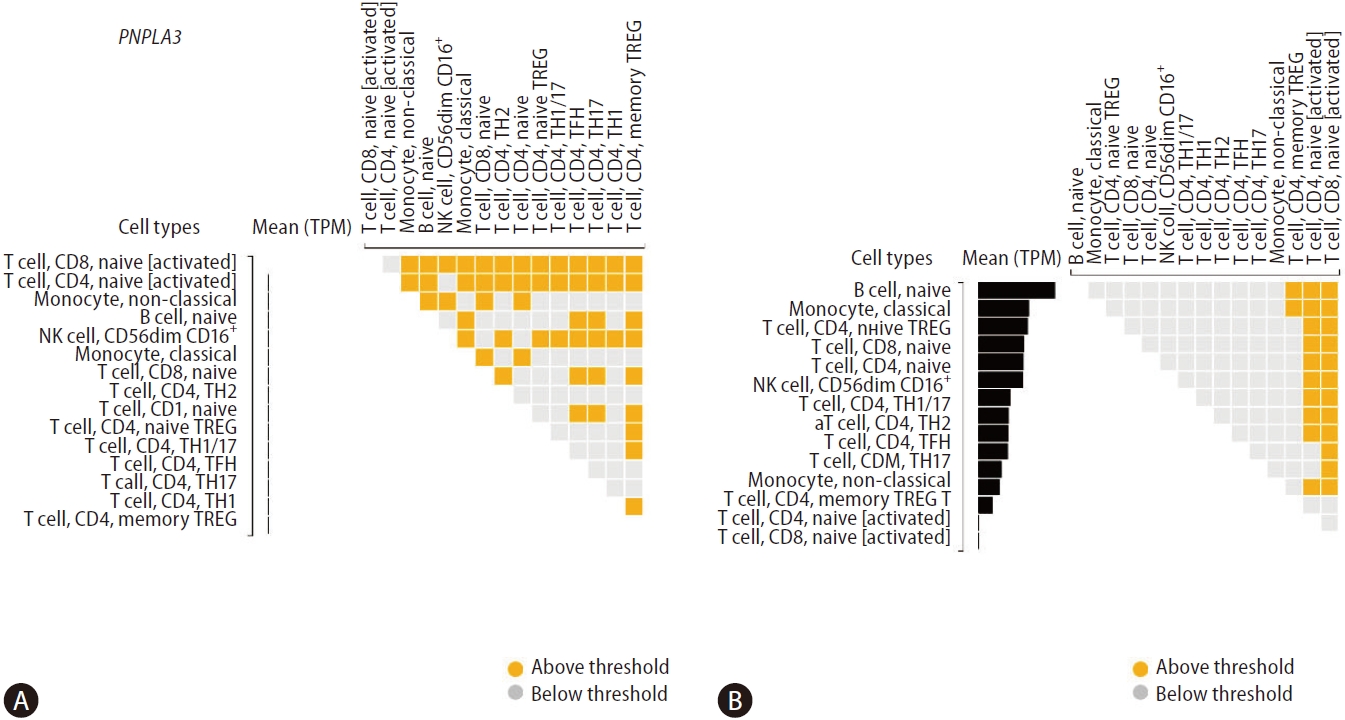
Figureô 5.
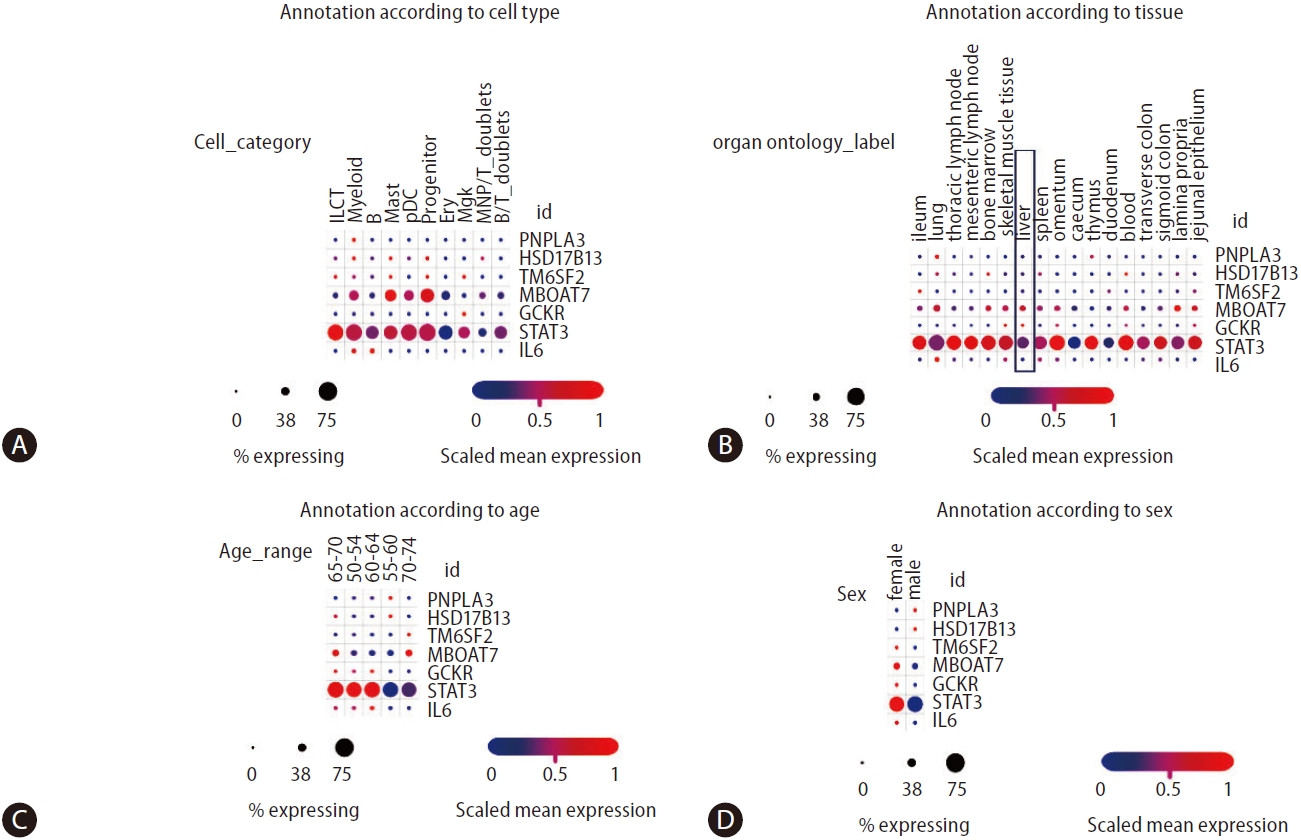
Tableô 1.
GWAS, genome-wide association study; NAFLD, non-alcoholic fatty liver disease.
Source: https://www.ebi.ac.uk/ EMBLãs European Bioinformatics Institute.
Tableô 2.
Variant: rs738409, gene: PNPLA3. Variant: rs58542926, gene: TM6SF2. Variant: rs72613567, gene: HSD17B13. Variant: rs641738, gene: MBOAT4/TMC4.
SNP, single nucleotide polymorphism; PNPLA3, patatin-like phospholipase domain containing 3; TM6SF2, transmembrane 6 superfamily member 2; MBOAT7, membrane bound O-acyltransferase domain containing 7; TMC4, transmembrane channel-like 4; NAFLD, nonalcoholic fatty liver disease; NASH, non-alcoholic steatohepatitis.
Information was retrieved from http://www.phenoscanner.medschl.cam.ac.uk/, a curated database holding publicly available results from large-scale genome-wide association studies. [45,46]
Abbreviations
REFERENCES
- TOOLS
-
METRICS

- ORCID iDs
-
Silvia Sookoian

https://orcid.org/0000-0001-5929-5470Carlos J. Pirola

https://orcid.org/0000-0001-8234-4058 - Related articles
-
The growing burden of non-alcoholic fatty liver disease on mortality2023 April;29(2)
Non-alcoholic fatty liver disease: the pathologistãs perspective2023 February;29(Suppl)



 PDF Links
PDF Links PubReader
PubReader ePub Link
ePub Link Full text via DOI
Full text via DOI Download Citation
Download Citation Supplement
Supplement Print
Print



